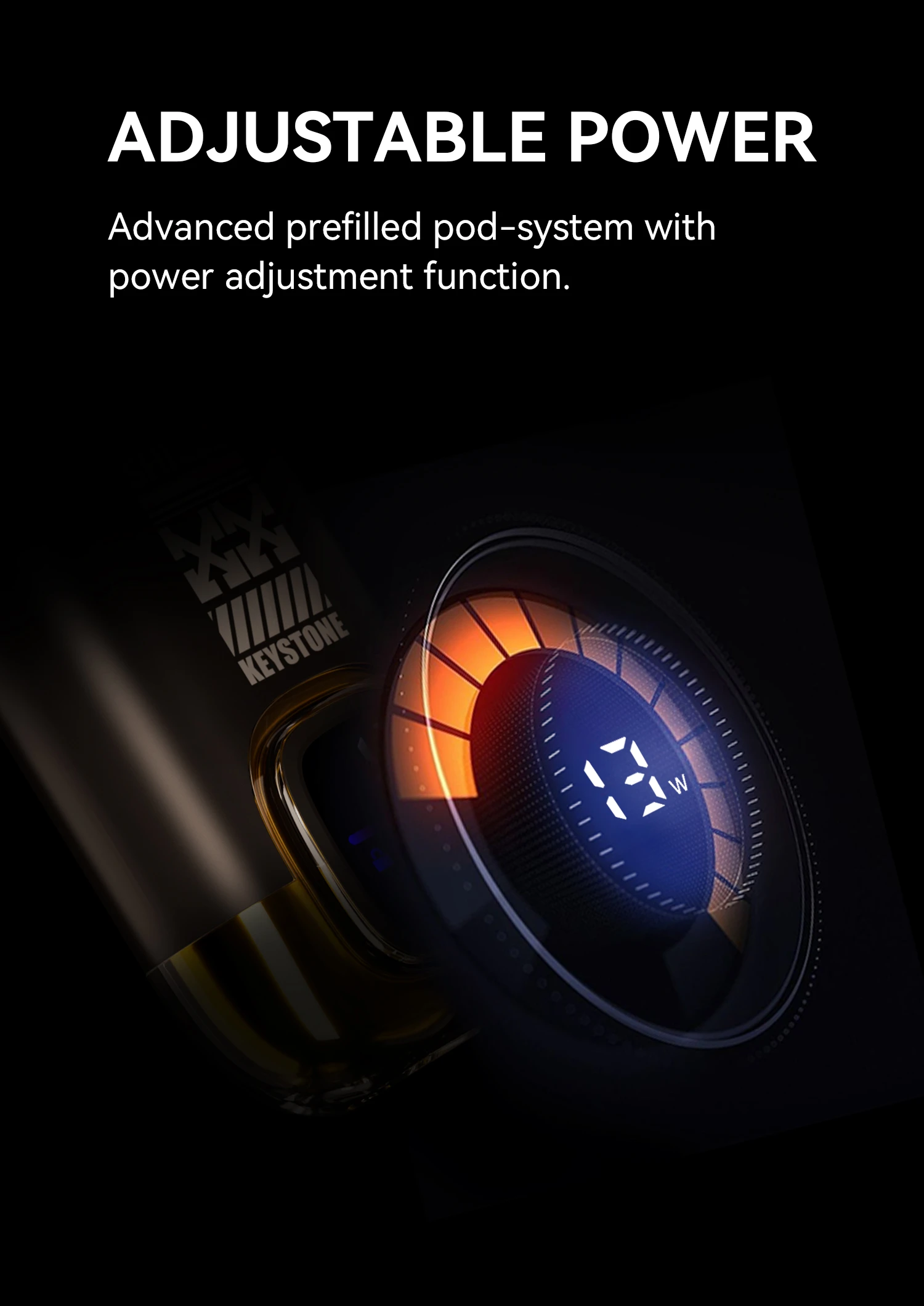Southeast Asia Survey: Young Smokers Shifting to Vape and E-cigarette Products
Introduction
The vaping industry continues to evolve rapidly, with increasing numbers of young smokers transitioning from traditional cigarettes to vape, e-cigarette, and heated tobacco products. A recent study by Milieu Insight, a consumer research and data analytics firm, highlights this trend across five Southeast Asian countries—Malaysia, Vietnam, the Philippines, Indonesia, and Singapore.
The report, titled “Cigarettes and Nicotine Alternative Delivery Products: Product Usage and Consumption Behaviors in Southeast Asia,” surveyed 18,600 adults, analyzing their preferences for fruit-flavored vape, purchasing habits, and future adoption trends.
This article explores the key findings of the study, the factors driving this shift, and what it means for the vapor and e-cigarette industry.
Key Findings: Young Smokers Embrace Vaping and Heated Tobacco
1. Malaysia: High Adoption Among Youth
- 14.8% of Malaysians aged 20-29 currently use vape or heated tobacco.
- 6% are “very likely” to switch in the next six months.
- 24% are “likely,” and 23% are “somewhat likely” to adopt these products.
The popularity of fruit-flavored vape and affordability are major drivers.
2. Vietnam: Despite Ban, Vaping Persists
Vietnam prohibits e-cigarettes, yet:
- 9.2% of 25-34-year-olds still use them.
- Many users obtain products through informal channels.
3. The Philippines: Regulated but Growing Market
The Philippines has legalized vaping with regulations:
- 9.5% of respondents use e-cigarettes.
- Younger adults prefer disposable vapes and refillable pod systems.
4. Singapore: Underground Market Thrives
Singapore bans vaping, but:
- 7.8% of 21-29-year-olds use e-cigarettes or heated tobacco.
- 43% purchase from online shops and messaging platforms.
- 29% buy from friends, while 19% use social media (Telegram, WhatsApp).
Why Are Young Smokers Switching to Vape and E-Cigarettes?
1. Flavor Variety: Fruit and Mint Dominate
One of the biggest attractions is the wide range of flavors, particularly:
- Fruit-flavored vape (mango, strawberry, blueberry)
- Mint/menthol
- Dessert and beverage-inspired options
Unlike traditional cigarettes, which offer limited taste profiles, vapor products provide a more enjoyable experience, appealing to younger users.
2. Affordability Compared to Cigarettes
In many Southeast Asian countries, e-cigarette products are cheaper than traditional tobacco due to:
- Lower taxes
- Competitive pricing from brands
- Reusable devices reducing long-term costs
3. Perception of Reduced Harm
Many users believe vaping is less harmful than smoking, though health experts debate this. Marketing emphasizing “smoke-free alternatives” influences consumer behavior.
- Peer recommendations play a significant role.
- Social media and e-commerce platforms make purchasing easier, even in restrictive markets like Singapore.
Market Trends: Disposable Vapes and Heated Tobacco Gain Traction
1. Rise of Disposable Vapes
- Convenient, no-refill designs attract beginners.
- Brands like Elf Bar, Lost Mary, and Geek Bar dominate with fruit-flavored vape options.
2. Pod Systems and Refillable E-Cigarettes
- Popular among intermediate users who prefer customization.
- Brands like JUUL, Vaporesso, and SMOK lead in this segment.
3. Heated Tobacco Products (HTPs)
- IQOS (Philip Morris) and Glo (BAT) are gaining users.
- Mimics smoking without combustion, appealing to transitioning smokers.
Regulatory Challenges and Future Outlook
1. Mixed Regulations Across Southeast Asia
- Legal (Philippines, Malaysia): Regulated sales with age restrictions.
- Banned (Singapore, Thailand, Vietnam): Yet, black market demand persists.
2. Potential for Stricter Policies
- Governments may impose flavor bans or higher taxes to curb youth usage.
- Increased enforcement against illicit sales.
3. Growth Opportunities for Vape Businesses
- Expanding online sales and discreet shipping methods.
- Developing health-conscious marketing to appeal to regulators.
Conclusion: The Future of Vaping in Southeast Asia
The Milieu Insight study confirms a significant shift among young Southeast Asian smokers toward vape, e-cigarette, and heated tobacco products. Key drivers include flavor variety, affordability, and perceived harm reduction.
Despite regulatory challenges, the market continues to grow, especially through digital platforms. For vape businesses, understanding these trends is crucial for tapping into this evolving industry.
As demand for fruit-flavored vape and innovative nicotine products rises, companies must adapt to both consumer preferences and regulatory landscapes to thrive in Southeast Asia’s competitive market.
Discover more from Ameca-mall
Subscribe to get the latest posts sent to your email.

